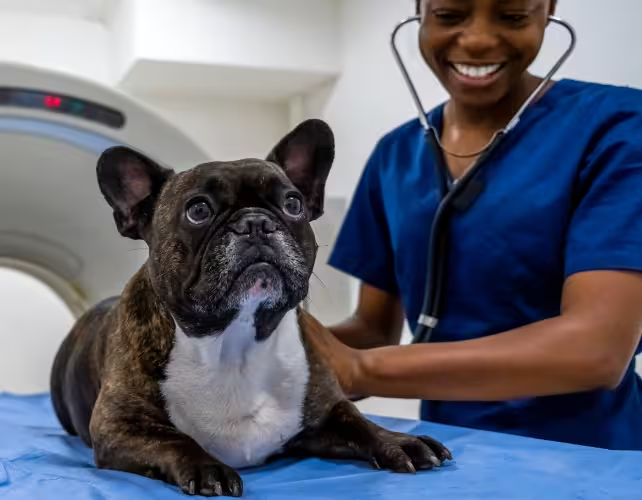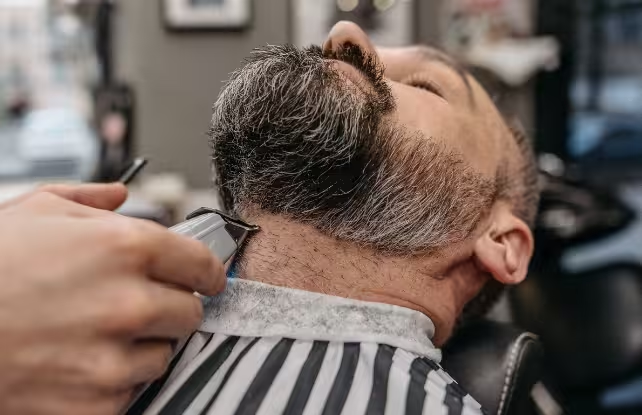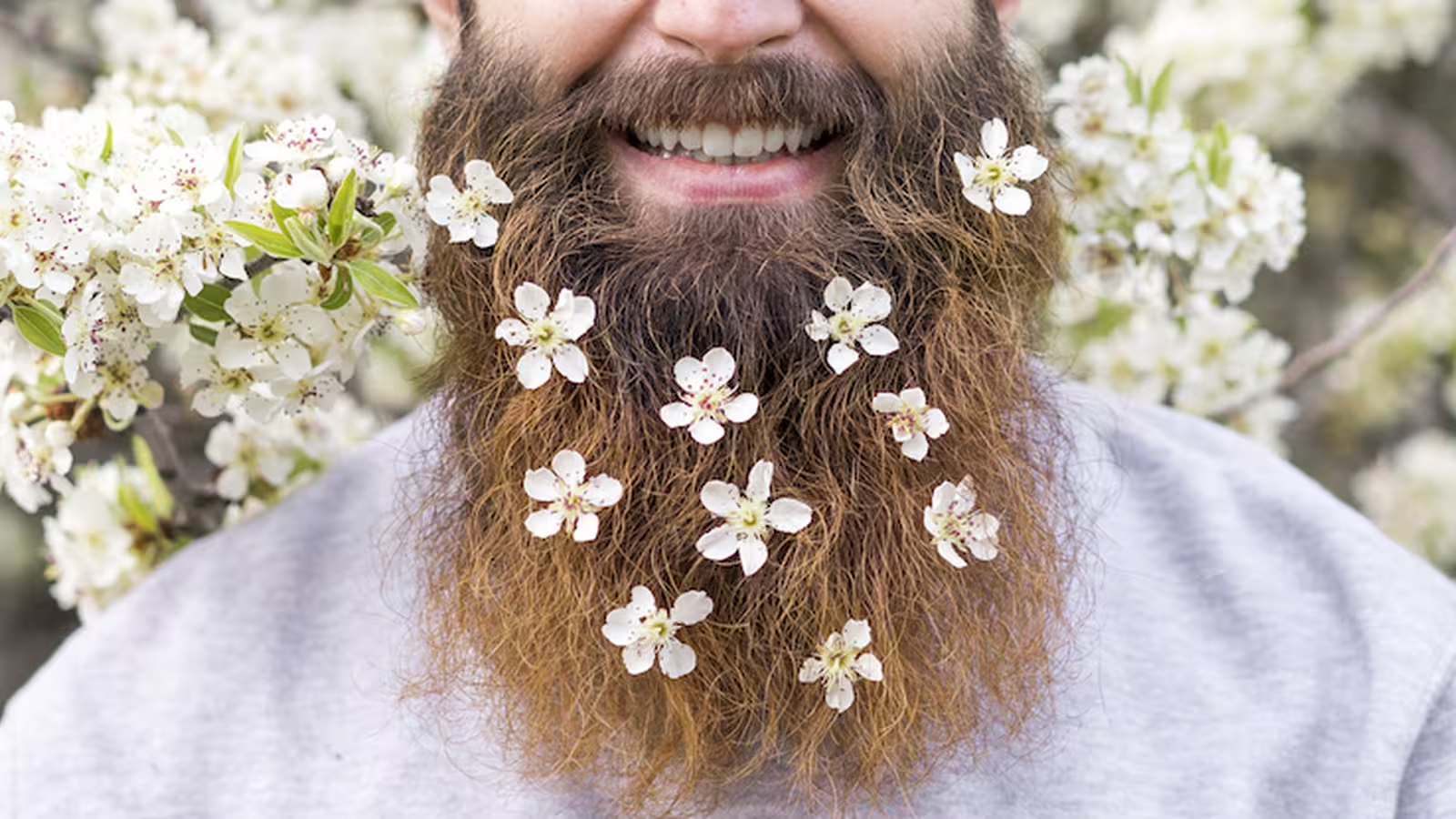4 Minutes
The Microbial Life of Bearded Faces: Scientific Context
Facial hair has long been an object of fascination and debate, emblematic of both fashion trends and hygiene concerns. But as beards become increasingly popular worldwide, questions about their cleanliness have grown in prominence. Are beards truly breeding grounds for bacteria, or does this reputation stem from misconceptions?
Every square centimeter of human skin supports a thriving ecosystem of microorganisms, including bacteria, fungi, and viruses. Facial hair creates a distinct environment—warm, often moist, and rich in natural oils and food particles—that can encourage microbial growth. Studies have found that beards, in particular, host a diverse and dense microbial community compared to other skin surfaces.
Remarkably, comparisons reported in mainstream media such as The Washington Post have suggested that the average beard may harbor more microbes than some toilet seats. These headlines have contributed to the widespread perception that beards are unsanitary. But do these microbes truly present a threat to personal health or those nearby?
Do Beards Pose a Hygiene Risk? Research and Clinical Insights
To understand the risks, it’s essential to consider how and why beards collect microorganisms. Factors such as temperature, humidity, skin pH, and nutrient buildup play key roles. Beards tend to trap moisture and organic matter, creating a beneficial environment for microbes. Additionally, frequent face-touching introduces new bacteria from hands exposed to various surfaces—further amplifying microbial diversity.
Beard hygiene first attracted scientific scrutiny over five decades ago. Early laboratory experiments showed that facial hair could retain bacteria and even bacterial toxins, reinforcing the belief that beards act as reservoirs for pathogens. This has led to particular concern in medical settings where infection control is paramount.

Beards in Healthcare: Studies and Contradictions
Much of the debate has centered on healthcare professionals, where any risk of pathogen transmission is critical. Some hospital-based studies have shown that bearded healthcare workers carry higher overall bacterial loads on their faces than their clean-shaven peers. Intriguingly, a high-profile MRI study even found that human beards often contain more microbes—including potential pathogens—than dog fur, but the researchers concluded that dogs did not pose a risk to humans sharing the same scanner.
Yet, other scientific investigations offer a different perspective. Large cohort studies have found no significant difference in harmful bacterial colonization between bearded and non-bearded clinicians. Moreover, research has revealed that doctors with beards were less likely to harbor Staphylococcus aureus, a common source of hospital-acquired infections, and that patient infection rates did not increase when cared for by bearded surgeons adhering to mask protocols.
Health Risks Beyond Bacteria: Infections and Parasites
While severe risks remain relatively rare, beards can occasionally serve as a vector for infectious skin diseases. For instance, impetigo—an intensely contagious condition caused often by S. aureus—can spread through poorly maintained facial hair. In rare circumstances, parasites like pubic lice may also infest beards, especially in settings with poor hygiene or close personal contact.

The Importance of Beard Hygiene and Grooming
What does the evidence say about best practices? Experts across dermatology and microbiology stress that routine hygiene is crucial. The skin beneath the beard is sensitive and prone to inflammation if exposed to excess buildup of sebum (natural oils), dead skin, food particles, and environmental pollutants. Such accumulation can trigger irritation and fuel microbial overgrowth, both bacterial and fungal.
Daily washing of both the beard and underlying skin is highly advised to remove contaminants. Using a gentle cleanser, moisturizing afterward, and employing a beard comb to dislodge trapped debris help prevent buildup and reduce irritation. Trimming also limits loose hairs and excess shedding, promoting both health and a well-groomed appearance.
Dermatologists support these grooming habits not only for aesthetic reasons but also as a frontline strategy for maintaining both hygiene and skin health in individuals with facial hair.
Conclusion
Ultimately, the cleanliness of beards depends less on their presence and more on how they are maintained. While neglected beards can become havens for microbes and cause minor health concerns, well-cared-for facial hair is typically no dirtier—and at times even less so—than other areas of the body. Modern research underscores that with daily cleaning and proper grooming, beards pose little risk, helping to dispel persisting myths about their hygiene. For those who choose to grow a beard, following simple care routines ensures not only a healthy beard but also contributes positively to broader public health standards.
Source: theconversation



Comments